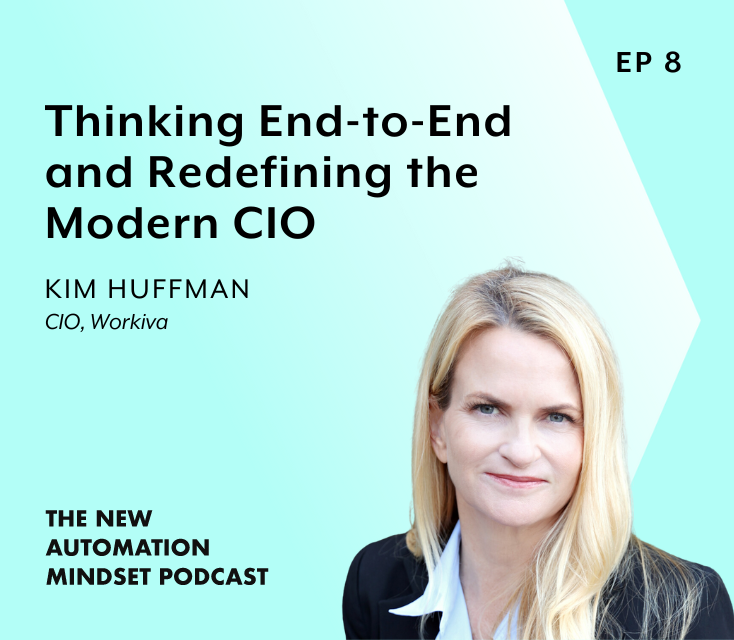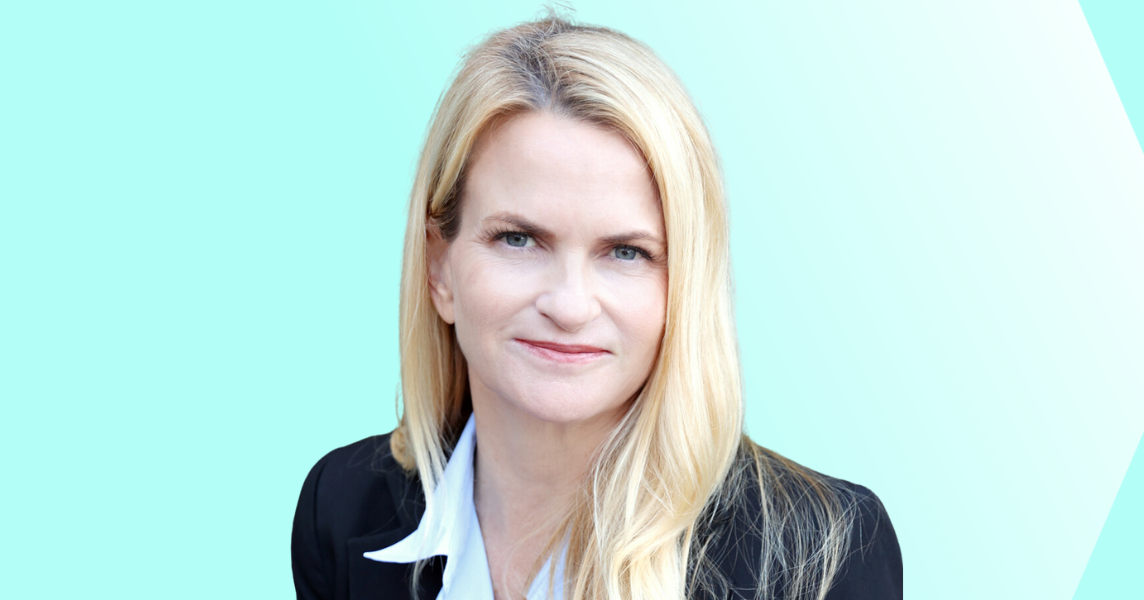Episode Summary
In this episode, Markus Zirn and Kim Huffman dive into invigorating topics of the power of automation, the transformative potential of AI, and the most effective strategies for enterprise transformation. Drawing from her diverse background at companies like Elastic, Navan, and Workiva, Kim shares valuable insights, emphasizing the evolving role of the CIO as a 'business technology leader.' The discussion delves into the shift towards understanding business processes, moving away from traditional tech-centric approaches. They also explore the relevance of business architecture, with Kim recommending a gradual, progressive implementation approach.



